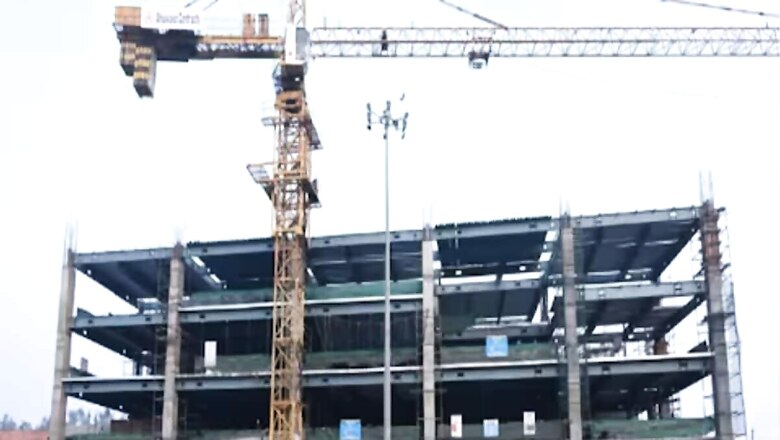
views
Indian Railways, the world’s second-largest rail network, operates thousands of trains across the country, with most towns and cities featuring a railway station. Recently, there has been a significant shift toward the infrastructural development of these stations. The government is focusing on building new stations with modern facilities, utilizing a unique approach where stations are constructed in factories and then assembled on-site. The Chandigarh railway station is a prime example of this innovative method and is expected to be operational by the end of this year.
Reports indicate that Indian Railways is redeveloping over 1,000 railway stations nationwide. Last year, the Ministry of Railways announced plans to revamp more than 500 stations, with redevelopment work actively underway this year. The Chandigarh station has received widespread acclaim for its contemporary amenities, demonstrating the potential of modular construction. Remarkably, these modular stations can be completed in just 18 months, significantly faster than traditional stations, which typically take around 36 months.
Union Minister of Railways, Ashwini Vaishnaw, has highlighted that if the Chandigarh model proves successful, this construction technology will be adopted for additional stations across the country. Plans are in place to develop ten more stations using this modern approach, including locations in Satna, Ajmer, and Jabalpur.
The modular construction method offers two significant advantages. Firstly, the operational capacity of trains remains largely unaffected during the development process, which is crucial given the high volume of train traffic at many stations. Secondly, as these stations are assembled on-site, the need to transport raw materials through densely populated areas is minimized, reducing delays associated with traditional construction methods.
This innovative approach not only accelerates the construction timeline but also ensures that the development of railway stations can proceed with minimal disruption, ultimately enhancing the overall efficiency of the railway network in India.

















Comments
0 comment